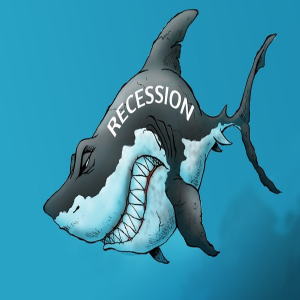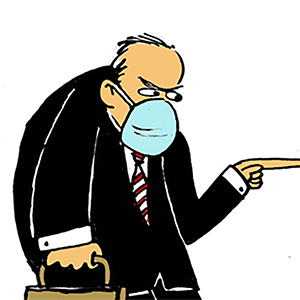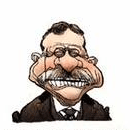Chicago's 1919 race riots, and their resonance today
South Side gangs turned out to be one element that prolonged the riot fires and fury, according to a commission that investigated its causes. Unlike today's Chicago gangs, which are mostly black or Latino, the "gangs" named in connection with the riot were white and based in athletic clubs near the Chicago stockyards. Most remembered is the Hamburg Social and Athletic Club, because of its now-famous member, Richard J. Daley, who later became mayor.
Daley would be better known years later for forging an alliance with U.S. Rep. William "Big Bill" Dawson. The powerful ward boss of a black Democratic "sub-machine," Dawson helped Daley corral enough black votes to win the mayor's office in a tight 1955 race and be re-elected five times. Black voters were becoming full players in Chicago's political life.
A lot has changed in Chicago since those days. The city has seen other riots, most significantly after the assassination of the Rev. Martin Luther King Jr. in 1968. Each time we see the same lessons re-emerge: People, regardless of their color or creed, don't like to be taken for granted.
It is ironic to see the same xenophobic rage, fear, suspicions and turf wars that fueled the 1919 riots now roil today's immigration debate -- including cries of "Go back where you came from."
African Americans are still here. One of us, a transplanted Chicagoan, even was elected president. That's upward mobility. That's the American way.
It's easy to gain power by fanning irrational fears. But it's self-destructive. Better leaders look for ways to answer "yes" to the immortal question raised by another man named King -- Rodney King -- "Can we all get along?"
========
(E-mail Clarence Page at cpage@chicagotribune.com.)
(c) 2019 CLARENCE PAGE DISTRIBUTED BY TRIBUNE MEDIA SERVICES, INC.






